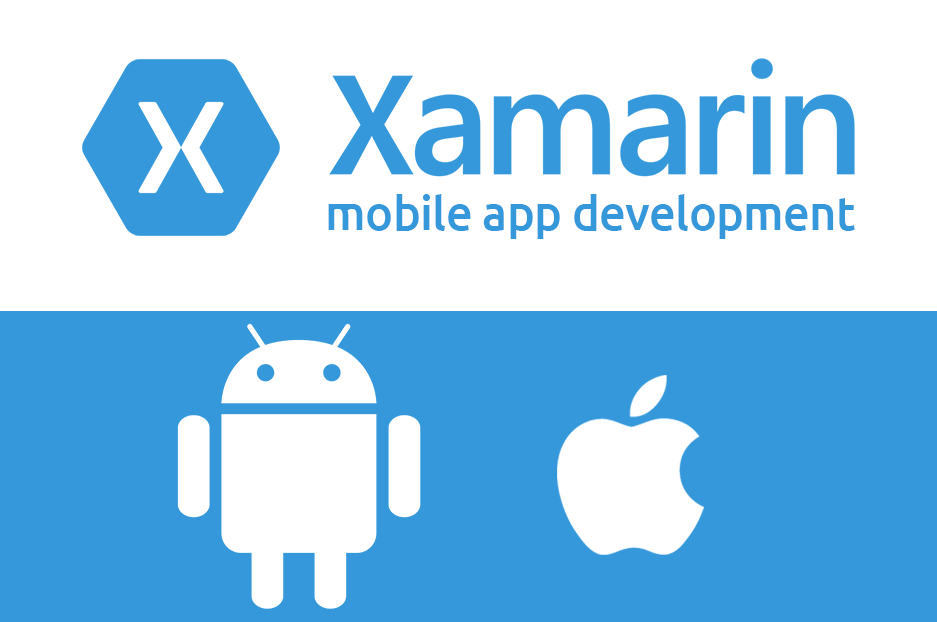
Free eBooks for Beginners
Creating custom controls in Xamarin.Forms is a powerful way to add functionality and design to your mobile apps. Custom controls are reusable pieces of code that can be used throughout your app to provide a consistent look and feel, and to reduce the amount of code that you need to write.
The process of creating a custom control in Xamarin.Forms starts with creating a new class that inherits from the Xamarin.Forms.View class. This class will act as the base for your custom control, and will be used to define the properties and methods that are specific to your control.
Once the base class is created, you will need to add the necessary properties and methods to define the behavior and appearance of your control. Properties are used to define the data that your control will work with, such as the text that is displayed in a button, and methods are used to define the actions that your control will perform, such as handling a button press.
Next, you will need to create a custom renderer for your control. Custom renderers are used to define how your control is rendered on each platform (iOS, Android and UWP). This step is necessary because each platform has its own way of rendering controls, and Xamarin.Forms needs to know how to translate your control’s properties and methods into the appropriate code for each platform.
Once you have created your custom renderer, you can test your control by adding it to a page in your app. You can also customize the appearance of the control by applying styles and templates. Styles are used to define the default appearance of a control, such as the font and color of text, and templates are used to define the layout and structure of a control, such as the position of buttons in a toolbar.
In summary, creating custom controls in Xamarin.Forms is a powerful way to add functionality and design to your mobile apps. By creating a new class that inherits from the Xamarin.Forms.View class, adding properties and methods, creating a custom renderer and testing it, you can create custom controls that can be reused throughout your app. With the help of custom controls, you can make your app more efficient, consistent, and user-friendly.
Cookbook – Xamarin for Beginners – Chapter 23
 Loading...
Loading...
Disclaimer: The information and code presented within this recipe/tutorial is only for educational and coaching purposes for beginners and developers. Anyone can practice and apply the recipe/tutorial presented here, but the reader is taking full responsibility for his/her actions. The author (content curator) of this recipe (code / program) has made every effort to ensure the accuracy of the information was correct at time of publication. The author (content curator) does not assume and hereby disclaims any liability to any party for any loss, damage, or disruption caused by errors or omissions, whether such errors or omissions result from accident, negligence, or any other cause. The information presented here could also be found in public knowledge domains.